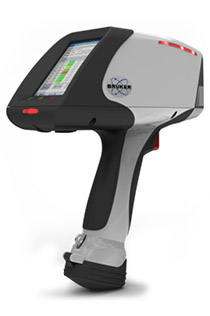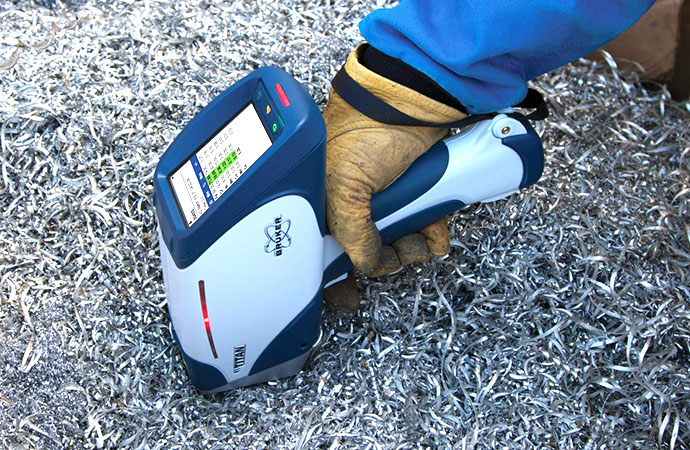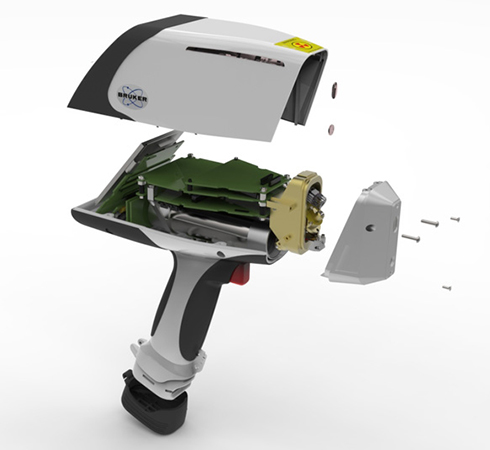



This project focused on designing an ergonomically optimized handheld analyzer for Bruker to measure and analyze the metallic composition of materials in the field. Key goals included integrating Bruker’s next-generation x-ray engine, reconfiguring internal components for space and thermal efficiency, and reducing overall device weight by 30%. The design needed to meet an IP62 protection rating while ensuring ease of battery access and replacement—balancing ruggedness with user-centered functionality in demanding environments.
The research phase began with an immersive approach to understanding the user experience in real-world conditions. Recognizing that the handheld analyzer would be used repeatedly over long periods in environments like scrap yards and port inspection facilities—often exposed to dust, moisture, and rough handling—Eclipse designers and engineers embedded themselves in these use settings. By living a day in the life of end users, the team gained firsthand insight into the physical and ergonomic demands of the job. This informed early planning goals focused on reducing weight, improving maneuverability, enhancing ruggedness, and streamlining the user interface. These insights shaped a design strategy tailored to the harsh, variable environments where the device would operate.
The Eclipse team delivered a design solution that visually communicates technological sophistication while clearly signaling durability and field-readiness. The updated form factor integrates co-molded touch points for enhanced grip and comfort during extended use. Weight distribution was rebalanced to reduce strain and improve maneuverability, and the battery was repositioned for quicker, more intuitive access. The user interface screen was refined for better visibility in varied lighting conditions, while internal components were reorganized to support thermal management and maintain the compact footprint. The result is a rugged, ergonomic handheld device that looks as capable as it performs.